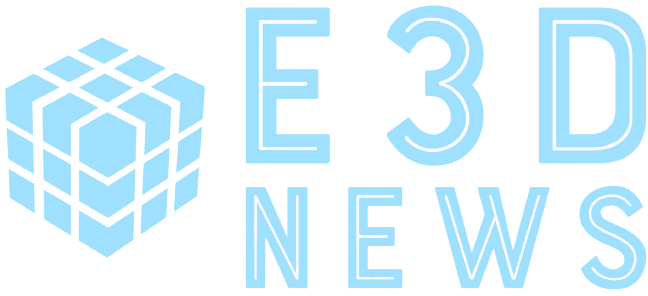And about 30% of students use it too.
According to a memo from Impact Research, most teachers use ChatGPT already. The survey was focused on teachers in the US and found that the users are more likely to be Black and Latino and they have used it in diverse ways like “lesson planning, coming up with creative ideas for classes, and building background knowledge for lessons and classes.”
That is impressive, but it is just another notch in ChatGPT’s belt after being the fastest platform to ever reach a million users. While it is still imperfect and will confidently lie to you, the utility and time savings that come from it are staggering.
And it falls in line with an oft repeated phrase at SXSW EDU “AI won’t replace you, but someone who knows how to use AI might”, Not that anyone is looking at replacing teachers anytime soon given the ongoing teacher shortage.
One of the most surprising findings from the research memo is that people don’t believe it has had a negative impact. 80% of those who’ve used it report that it had a positive impact, and only 10% of those who haven’t used it think that it’s had a negative impact. For all the bluster and doomsaying, teachers and students themselves aren’t reporting a lot of fear about the product.
And while 10% of teachers report that they caught students using ChatGPT without permission, a far larger 38% say they are actively encouraging their students to use it. And far more believe that it has legitimate educational uses (59%) than that it will only be useful for cheating (24%).
All of this flies in the face of the very reactive NYC ban on ChatGPT which is still in effect and would limit what both students and teachers can do with the platform. While that ban is up, it makes it harder for teachers to help their students learn and understand the AI revolution that is playing out in real time.
And this is only likely to get faster and more interesting. OpenAI just announced GPT-4, the next iteration of the algorithm that powers ChatGPT. It won’t immediately power the free ChatGPT, but will be prioritized for business customers and those who pay the $20/month ChatGPT subscription.
As these AI models improve and understand subtlety even better, it seems hard to imagine that drafts written by them won’t serve as starting points at the very least. Students and teachers who can incorporate them into education will be ahead of the game.
And of course there are many companies who are keenly aware of that. There is a revolution in AI created course content right now. Both NOLEJ.IO and finetune are competing hard in this space and they aren’t the only ones. Pamela Cantor among others at SXSW EDU espoused her hope that AI could “perpetually prompt” students to learn the next thing they need to know, and ideally this could constantly keep them in the enjoyably difficult section of the learning curve.
We are currently in the “Golden Age of Learning Science” and the introduction of AI is just going to speed that up.
More Stories
Tutoring as a part of teaching / Everything comes back to money
One of the difficult things with education is our reliance on a “one size fits all” model. We have for...
Public K-12 Enrollment is falling and that is dangerous and exciting
A surprising result of COVID and the resulting school closures is that many parents, after struggling to figure out how...
SIGGRAPH at 50
SIGGRAPH , the premier conference on computer graphics education, held its 50th event last week in Los Angeles. Back in...
School Board Meetings in Crisis
School Board meetings across the US have become a new flashpoint in the culture wars that have been dividing the...
Biden is forgiving $40 Billion in student loan debt through “administrative fixes”
We talk a lot about big, sweeping policy changes because those are the kind of things that make for easier...
The Supreme Court has taken aim at students
The republican majority supreme court has now decided two important cases we’ve previously reported on; Biden’s student debt forgiveness and...
